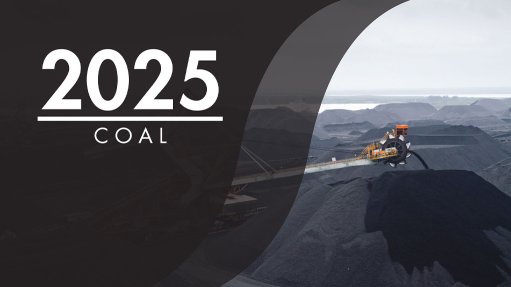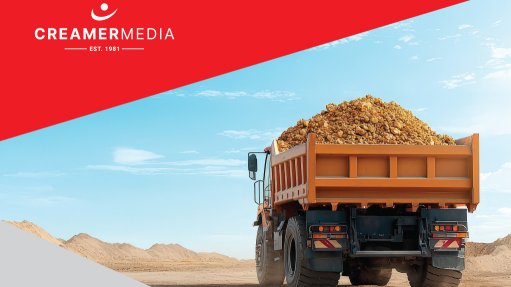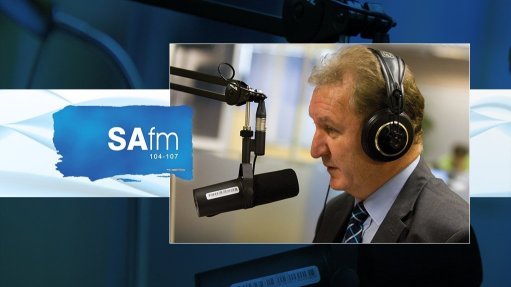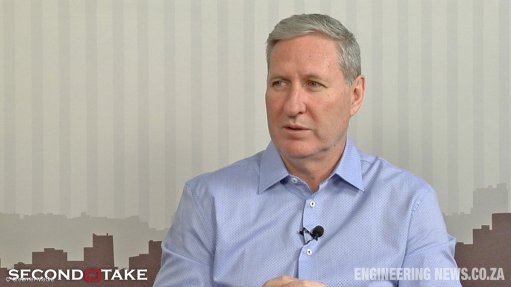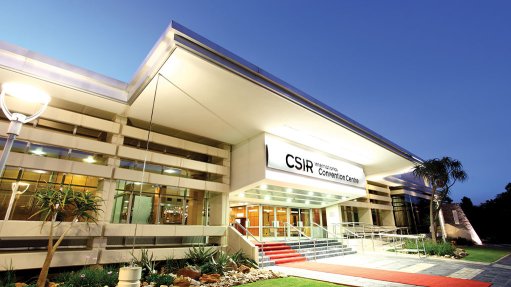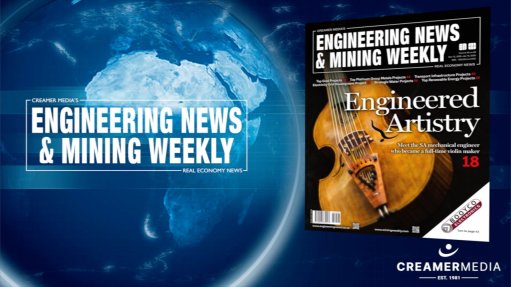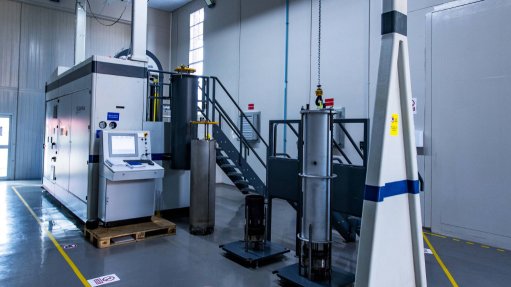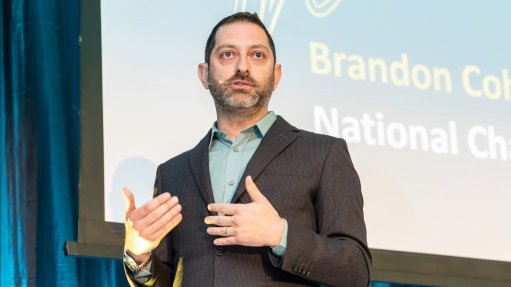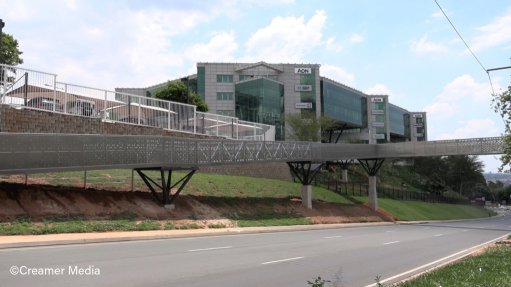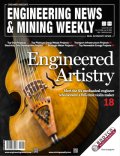Johannesburg urban vehicle emissions initiative to generate data for clean air policies
The Real Urban Emissions (TRUE) Initiative Johannesburg project, launched by the University of Johannesburg (UJ) and the International Council on Clean Transportation (ICCT) on July 21, will use remote sensing technology to monitor emissions from vehicles in Johannesburg and the broader Gauteng region and generate data that will inform decision-making.
The project is part of the Breathe Cities initiative, which collects data on air quality from a network of 14 cities, mainly in developing countries, and shares the information with all stakeholders including communities to identify effective practices that improve air quality, said Breathe Cities project director Mike Saxton.
Data is the critical ingredient for effective policy-making and data-driven decision-making, but is often insufficient, incomplete or inconsistent, explained UJ Process, Energy and Environment Technology Station (UJ-PEETS) sustainable sociotechnical systems manager Nickey Janse van Rensburg.
Solid data enables politicians and policy-makers in cities to see and understand the issues. This also helps to ensure that they are more likely to know that the projects in which they invest their political capital can address the problems and have a measurable impact, added safe and sustainable mobility international charity FIA Foundation deputy director Sheila Watson.
The City of Johannesburg (CoJ) wants to improve the air quality in the city. A recently undertaken poll among citizens found that 92% of respondents expressed concern about air quality, said CoJ air quality management head Musa Mahlatji.
“Through initiatives like Breathe Johannesburg and our forthcoming Clean Air Zone, we are taking evidence-based action to reduce vehicle emissions and protect the health of our communities. TRUE will give us the real-world data we need to shape effective policy and deliver cleaner, healthier streets for every resident of our city,” he said.
The air pollution in Johannesburg exceeds national air quality standards and World Health Organisation guidelines, including for particulate matter of 2.5 micrometers and 10 micrometers in diameter, and nitrogen oxides (NOx), he noted.
“During the 2024/25 financial year, we had only 65% of good air quality days in the city. One of the main sources of pollution is vehicle emissions, which account for more than 75% of NOx emissions,” he highlighted.
There was a lack of robust data of vehicle emissions to effectively design policies that promote emissions reduction. The TRUE Johannesburg project will increase access to high-quality data to support more evidence-based policy-making and thereby reduce the health impact of poor air quality and advance environmental justice, Mahlatji said.
The city is implementing several initiatives to manage vehicle emissions, including an emissions control strategy, completing the feasibility study for a low-emissions zone and is currently undertaking work on its clear air policy, he said during the launch.
“This TRUE project will assist us with real-time data to identify the high emitters and to inform our strategies,” he said.
“We are aspiring to launch the Clean Air Zone in Johannesburg in two to three years. To manage emissions and classify high-emitting vehicles, we need to know the data and then put in place the appropriate and required control or mitigation measures to achieve this.”
The city can then enact by-laws and restrictions to maintain this Clean Air Zone, such as potentially placing time restrictions on high-emission vehicles in the area or requiring a certain level of performance from vehicles according to a set standard, he suggested.
EMISSIONS MONITORING TECHNOLOGY
Meanwhile, remote sensing technology company Opus COO Javier Buhigas detailed the remote sensing technology that is being used in the project, with testing already having started in Johannesburg.
The company provides two models of remote sensing technology; one is a fixed system and the other a portable system. Both systems use infrared beams that cross the road to reflectors and then look at the absorbed light to identify and quantify the molecules emitted by passing vehicles, including CO2, NOx and ammonia, among others, he said.
“The system measures the real-world emissions of each vehicle, and it is all done automatically. The system takes more than 100 samples each second to measure the concentration of each pollutant, which it then analyses and uses a camera to link to a vehicle's licence plate, thereby allowing emissions to be associated with each vehicle for further processing.”
Johannesburg can therefore read each vehicle passing these sensors each day, which will collect reams of data on vehicle emissions to support policy recommendations, he noted.
Article Enquiry
Email Article
Save Article
Feedback
To advertise email advertising@creamermedia.co.za or click here
Comments
Announcements
What's On
Subscribe to improve your user experience...
Option 1 (equivalent of R125 a month):
Receive a weekly copy of Creamer Media's Engineering News & Mining Weekly magazine
(print copy for those in South Africa and e-magazine for those outside of South Africa)
Receive daily email newsletters
Access to full search results
Access archive of magazine back copies
Access to Projects in Progress
Access to ONE Research Report of your choice in PDF format
Option 2 (equivalent of R375 a month):
All benefits from Option 1
PLUS
Access to Creamer Media's Research Channel Africa for ALL Research Reports, in PDF format, on various industrial and mining sectors
including Electricity; Water; Energy Transition; Hydrogen; Roads, Rail and Ports; Coal; Gold; Platinum; Battery Metals; etc.
Already a subscriber?
Forgotten your password?
Receive weekly copy of Creamer Media's Engineering News & Mining Weekly magazine (print copy for those in South Africa and e-magazine for those outside of South Africa)
➕
Recieve daily email newsletters
➕
Access to full search results
➕
Access archive of magazine back copies
➕
Access to Projects in Progress
➕
Access to ONE Research Report of your choice in PDF format
RESEARCH CHANNEL AFRICA
R4500 (equivalent of R375 a month)
SUBSCRIBEAll benefits from Option 1
➕
Access to Creamer Media's Research Channel Africa for ALL Research Reports on various industrial and mining sectors, in PDF format, including on:
Electricity
➕
Water
➕
Energy Transition
➕
Hydrogen
➕
Roads, Rail and Ports
➕
Coal
➕
Gold
➕
Platinum
➕
Battery Metals
➕
etc.
Receive all benefits from Option 1 or Option 2 delivered to numerous people at your company
➕
Multiple User names and Passwords for simultaneous log-ins
➕
Intranet integration access to all in your organisation




